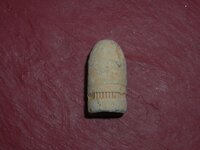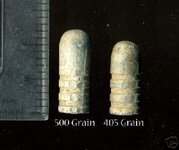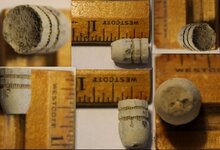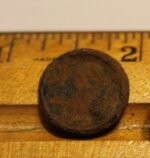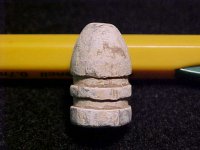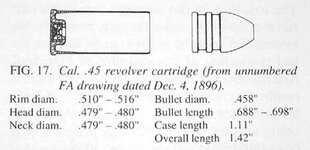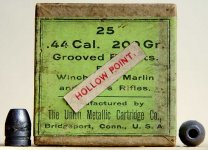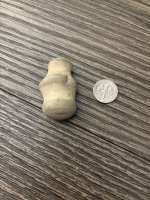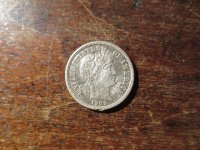Charmin
Bronze Member
- Sep 3, 2007
- 2,284
- 281
- Detector(s) used
- White's Prizm III and Ace 250
- Primary Interest:
- All Treasure Hunting
Found these things today near an old foundation here in Oklahoma......the foundation is near the old Midland Valley Railroad tracks.
Could the button be a uniform button from a railroad worker---it has three 5-pointed stars on it? and the old iron hardware from a stove maybe?
Here's some pictures:
First is the foundation---it is built back into the hill: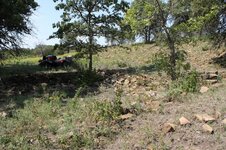
And here's the finds: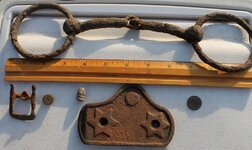
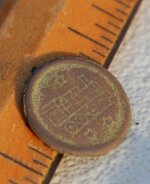
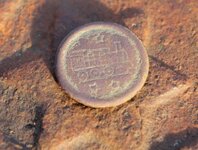
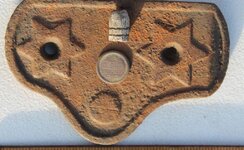
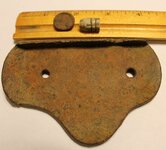
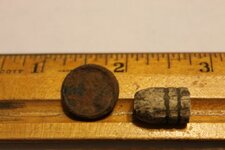
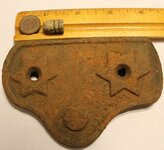
Thanks for any help!!
Could the button be a uniform button from a railroad worker---it has three 5-pointed stars on it? and the old iron hardware from a stove maybe?
Here's some pictures:
First is the foundation---it is built back into the hill:

And here's the finds:







Thanks for any help!!


